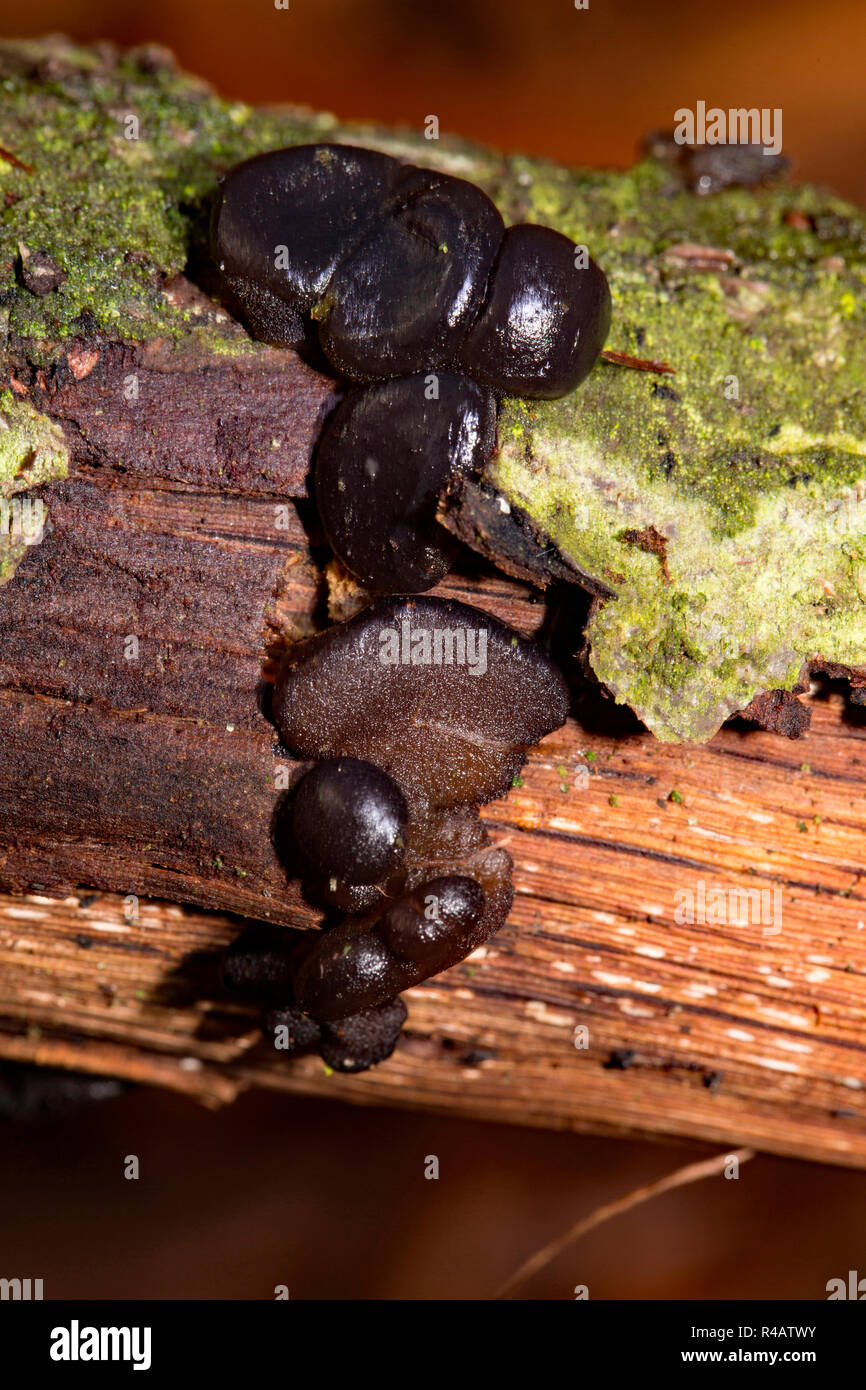
black witches' butter, (Exidia glandulosa Stock Photo Alamy
Exidia nigricans, recently given the English name Warlock's Butter, is similar to (and very often confused with) Exidia glandulosa - commonly referred to as Witches' Butter or Black Witch's Butter, because of its butter-like consistency when wet and its sombre colour; however, Exidia nigricans has brain-like folds rather than being made up of ir.

Black Witches butter stock image. Image of auriculariaceae 174953245
Witch's butter has tuning-fork shaped basidia and multi-septate, curved-oblong spores that appear on the upper surface. Fruiting bodies are (typically) 1 to 6 cm x 2.5 cm and they form dense clusters. They have a white basal attachment. It dries to a reddish-orange or dark red-brown colour, with a tough outer membrane.
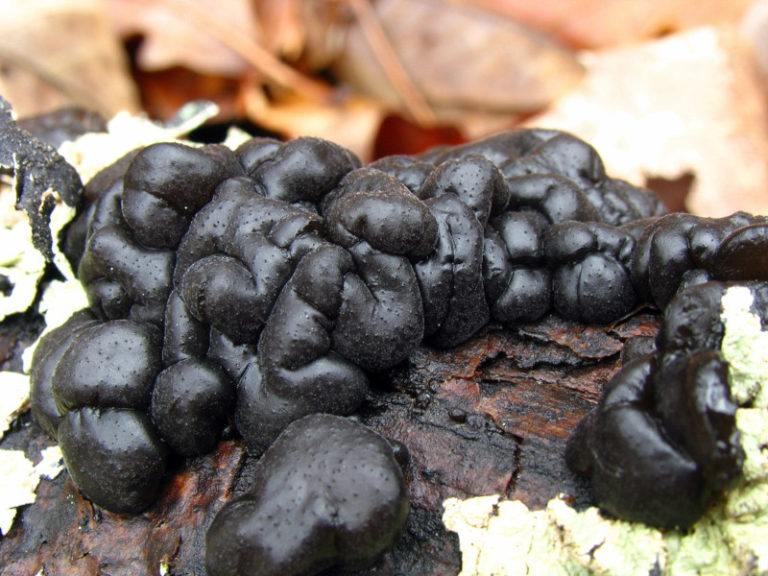
Black Witches' Butter l Bizarre Fungus Our Breathing
Witches' butter, Dacrymyces palmatus, is one of several "jelly fungi" that grow on dead branches and logs in the winter. This edible but tasteless mushroom is easily identified by its brilliant orange color and slimy, jelly-like consistency. 🍄 Foraging Guide Dacrymyces palmatus plant profile Common names include: Orange jelly Orange witch's butter
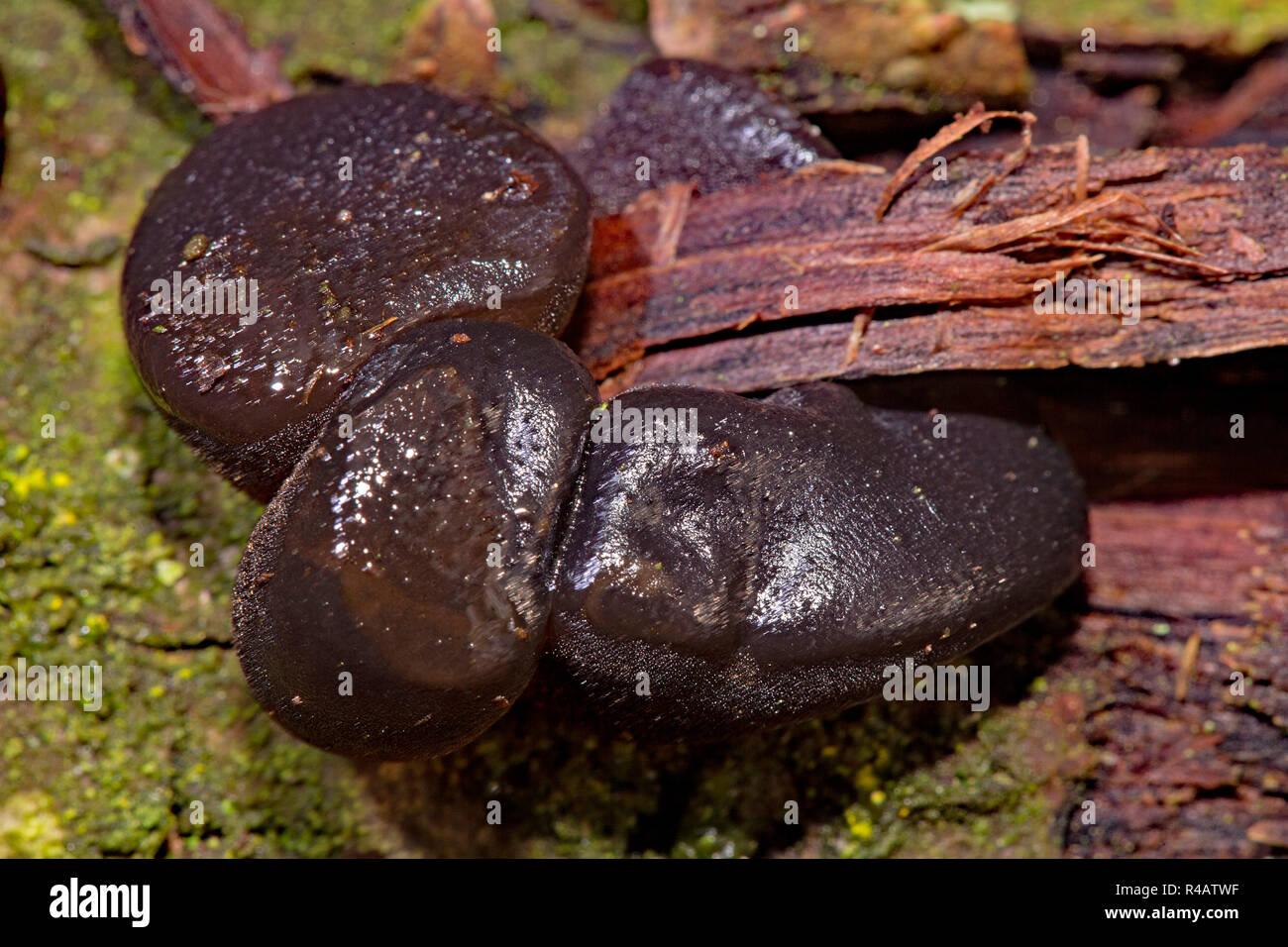
black witches' butter, (Exidia glandulosa Stock Photo Alamy
The name witches' butter is applied more frequently to another mushroom, Exidia glandulosa, a black jelly-like mushroom. It's rumored that the nickname for both mushrooms stems from superstitions that the appearance of the fungi near your living area may indicate an evil spell, as per the Hiker's Notebook blog.
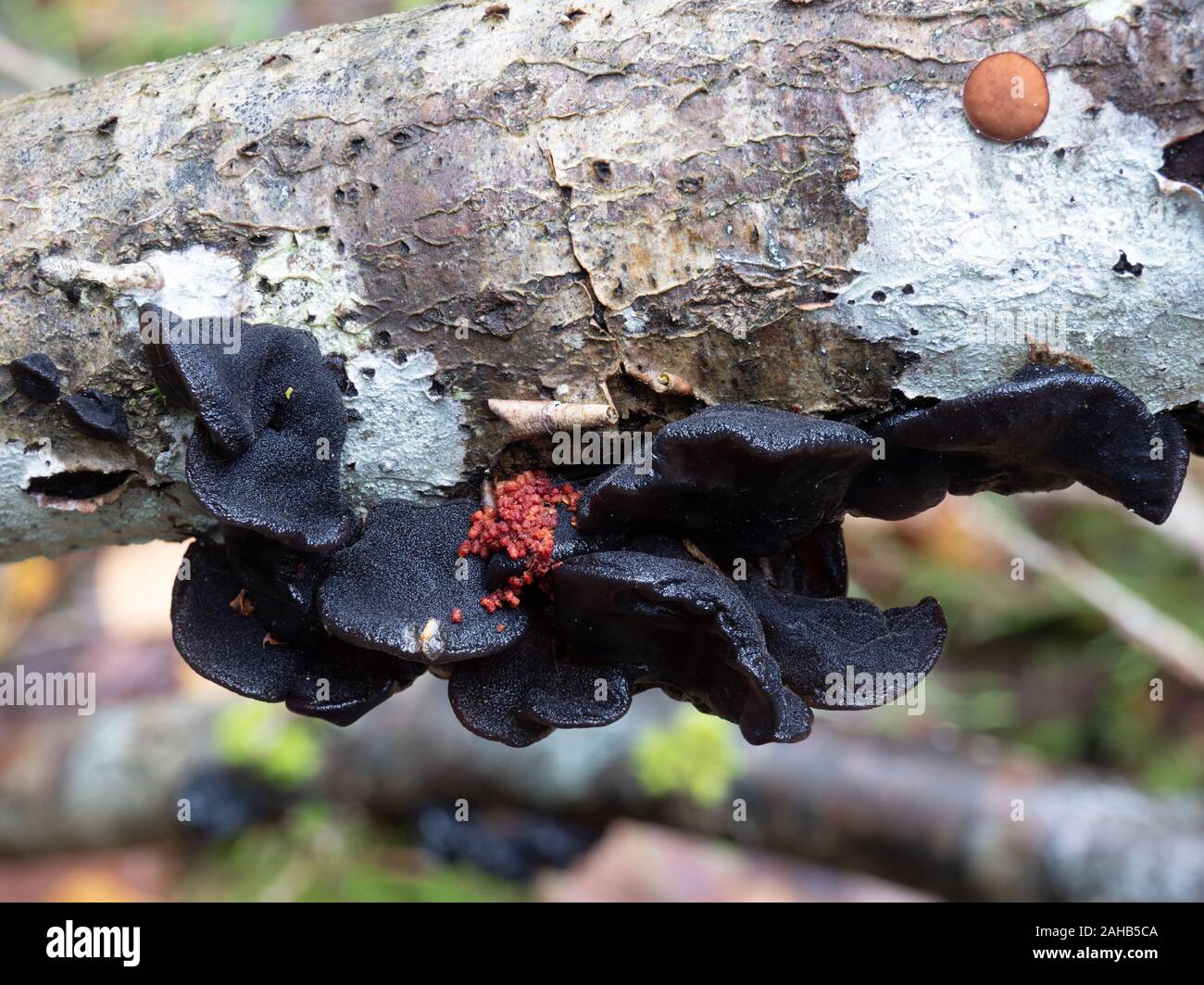
Exidia glandulosa names black witches' butter, black jelly roll, or warty jelly fungus
Exidia nigricans ( common name Witches' butter) is a jelly fungus in the family Auriculariaceae. It is a common, wood-rotting species throughout the northern hemisphere, typically growing on dead attached branches of broadleaf trees. It has been much confused with Exidia glandulosa . Taxonomy

Exidia glandulosa names black witches' butter, black jelly roll, or warty jelly fungus
Exidia glandulosa ( common names black witches' butter, black jelly roll, or warty jelly fungus) is a jelly fungus in the family Auriculariaceae. It is a common, wood-rotting species in Europe, typically growing on dead attached branches of oak.
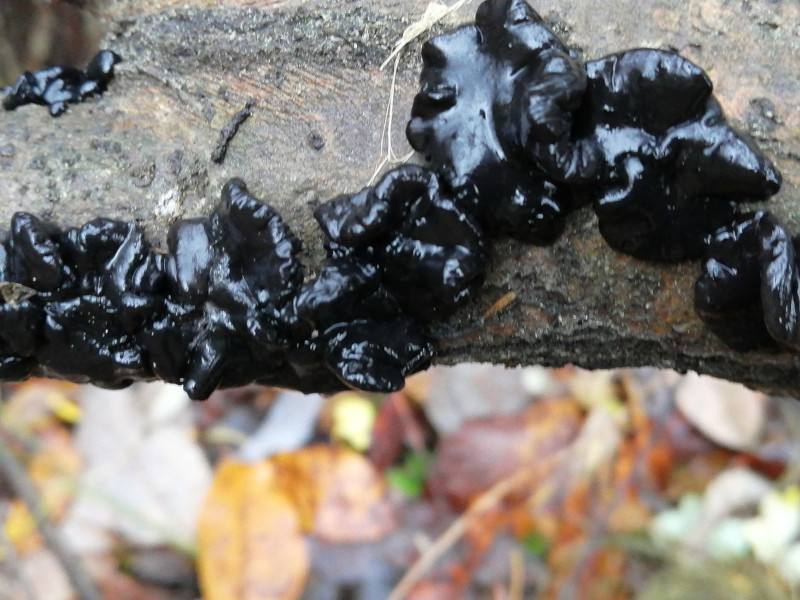
Black Witches' Butter l Bizarre Fungus Our Breathing
Black Witch's Butter in Howard Co., Maryland (1/6/2019). Determined by Jo Solem. Photo by Sue Muller. ( MBP list) Black Witch's Butter in Montgomery Co., Maryland (2/13/2019). Determined by Bob and Jo Solem. Photo by Anne Looker. ( MBP list) Black Witch's Butter fruiting bodies in Howard Co., Maryland (12/29/2018). Photo by Joanne Solem.
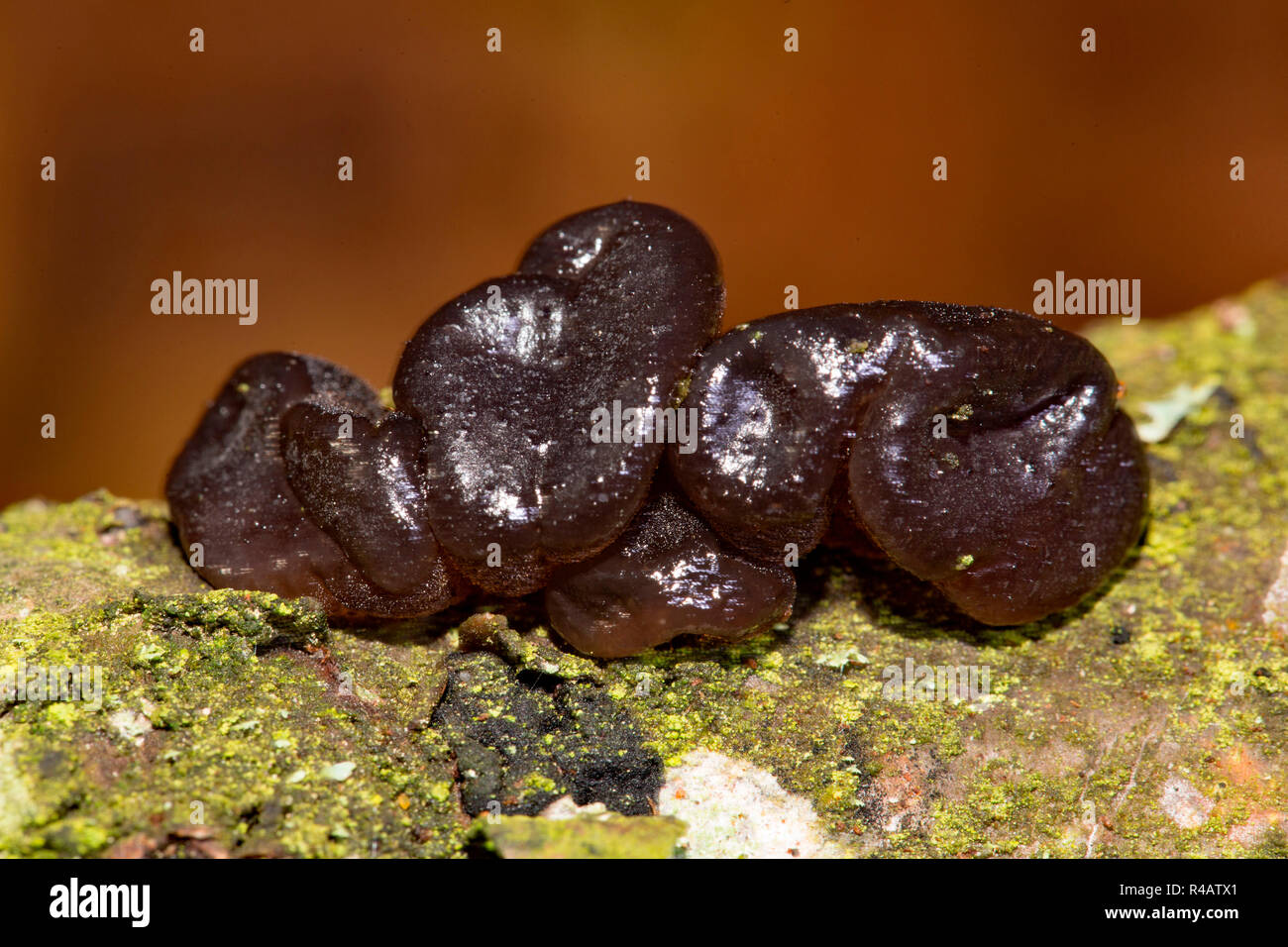
black witches' butter, (Exidia glandulosa Stock Photo Alamy
Exidia glandulosa (common names black witches' butter, black jelly roll, or warty jelly fungus) is a jelly fungus in the family Auriculariaceae. It is a common, wood-rotting species in Europe, typically growing on dead attached branches of oak.

Exidia glandulosa names black witches' butter, black jelly roll, or warty jelly fungus
It's common English name is Witches' Butter (Exidia glandulosa) and is a widespread, common jelly fungus found throughout the year. It is found on dead wood of deciduous trees, usually on fallen branches but also on dead standing wood too.
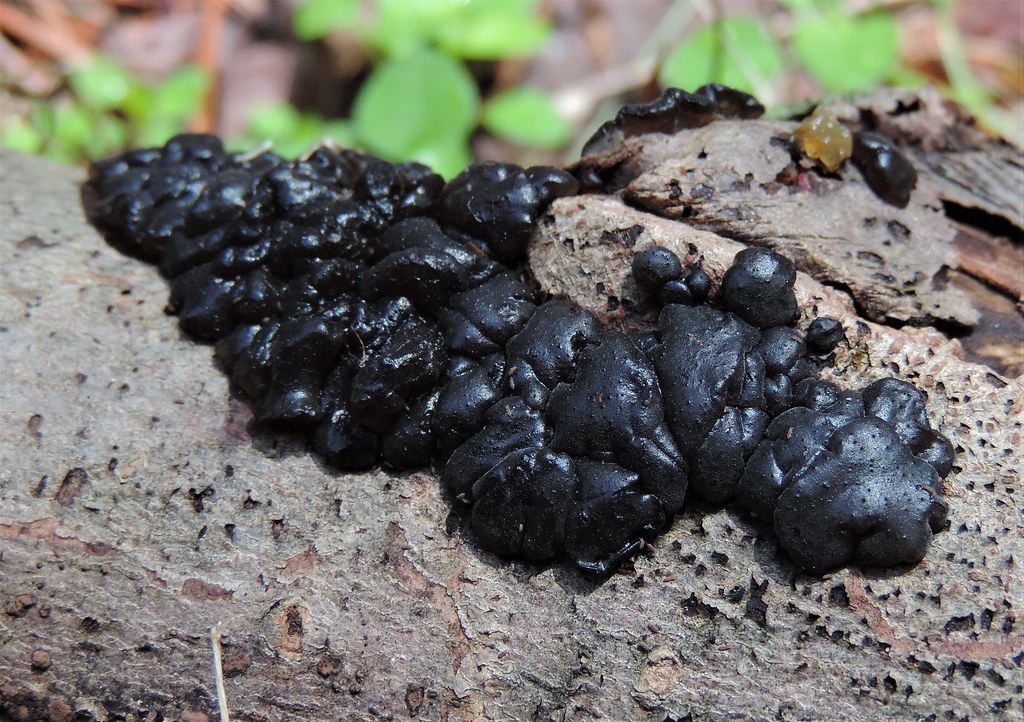
Maryland Biodiversity Project Black Witch's Butter (Exidia glandulosa)
Description Top or disk shaped, underside densely covered with small warts, upper surface smooth with sparse warts, dark brown or blackish. Similar Species Exidia plana is similar, but eventually becomes brain-like. Identification difficulty Habitat Usually found on dead attached branches of Oak, very occasionally on other broad-leaved species.
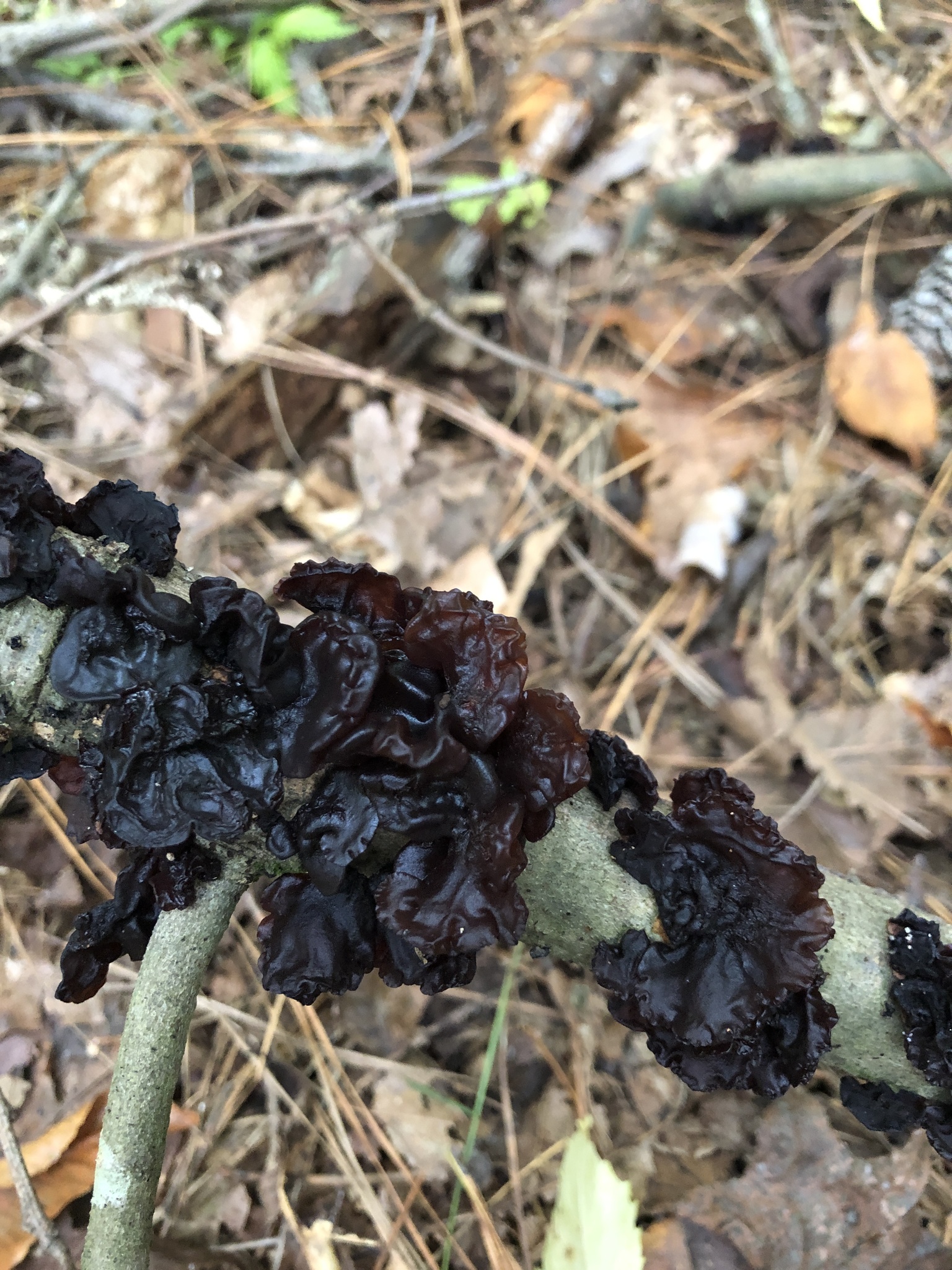
Maryland Biodiversity Project Black Witch's Butter (Exidia glandulosa)
All About Witch's Butter The fun (and funny) common name, witch's butter, comes from the yellow coloring and gelatinous, perhaps spreadable texture. This could be a good fit if witches use butter (do they?). Or, perhaps the buttery fungus fell off the witches' toast as they soared over the treetops, leaving yellow splats on dead wood and logs?
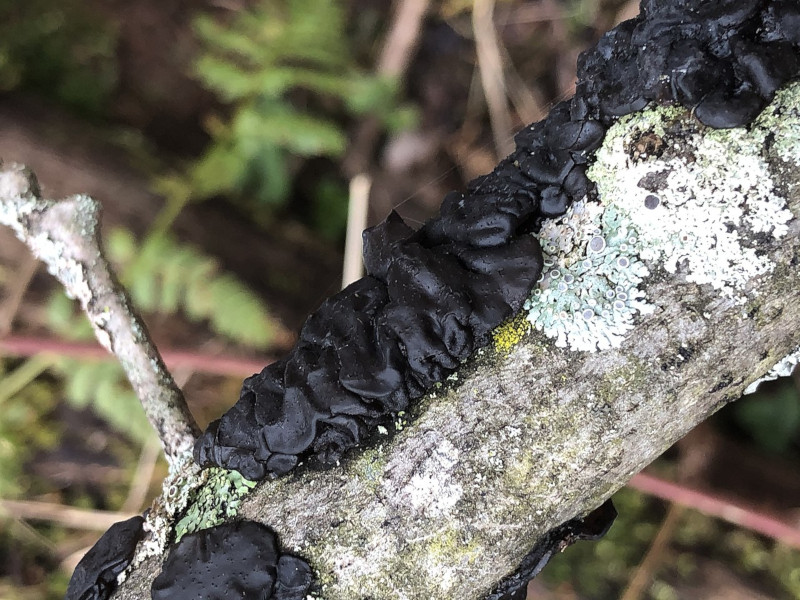
Black Witches' Butter l Bizarre Fungus Our Breathing
Other names: Black Witches Butter, Black Jelly Roll, Warty Jelly Fungus, German (Abgestutzter Drüsling, Stoppeliger Drüslinge), Netherlands (Eikentrilzwam).. However, Fries used the name Exidia glandulosa for both Witches' Butter and another jelly fungus called Exidia plana. The two species were finally distinguished by Dutch mycologist.
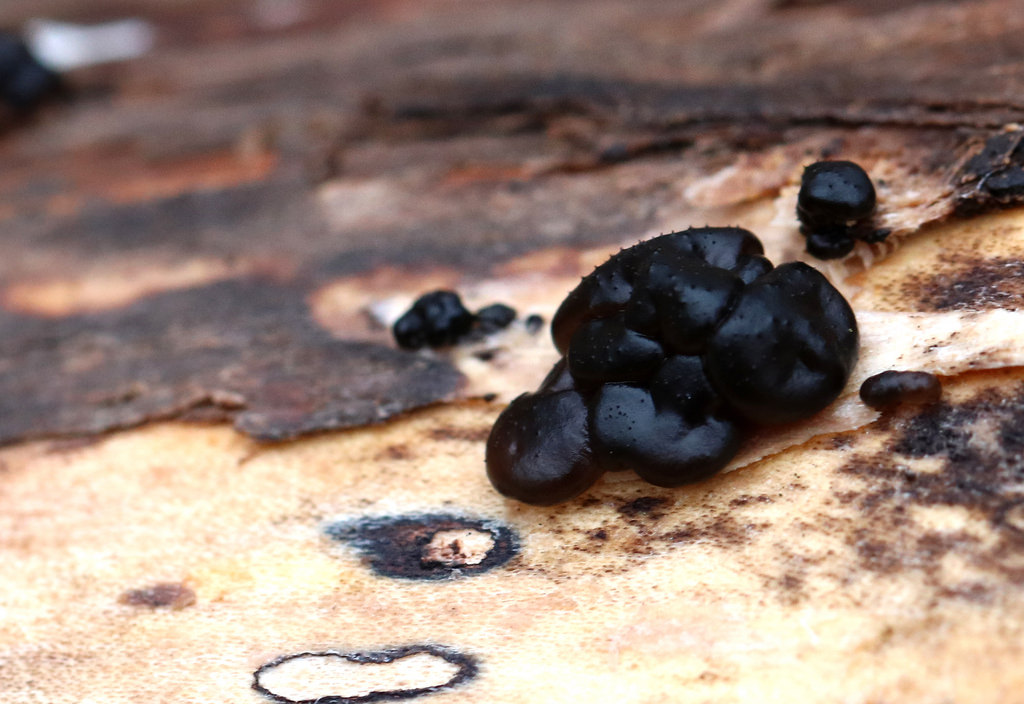
Maryland Biodiversity Project Black Witch's Butter (Exidia glandulosa)
Jill Staake You're more likely to see this fungus after heavy rains. According to European legend, witches' butter grows on the door frames of homes on which a witch has cast an evil hex. The only way to remove this hex is to pierce the fungus with a pin and drain its fluid.
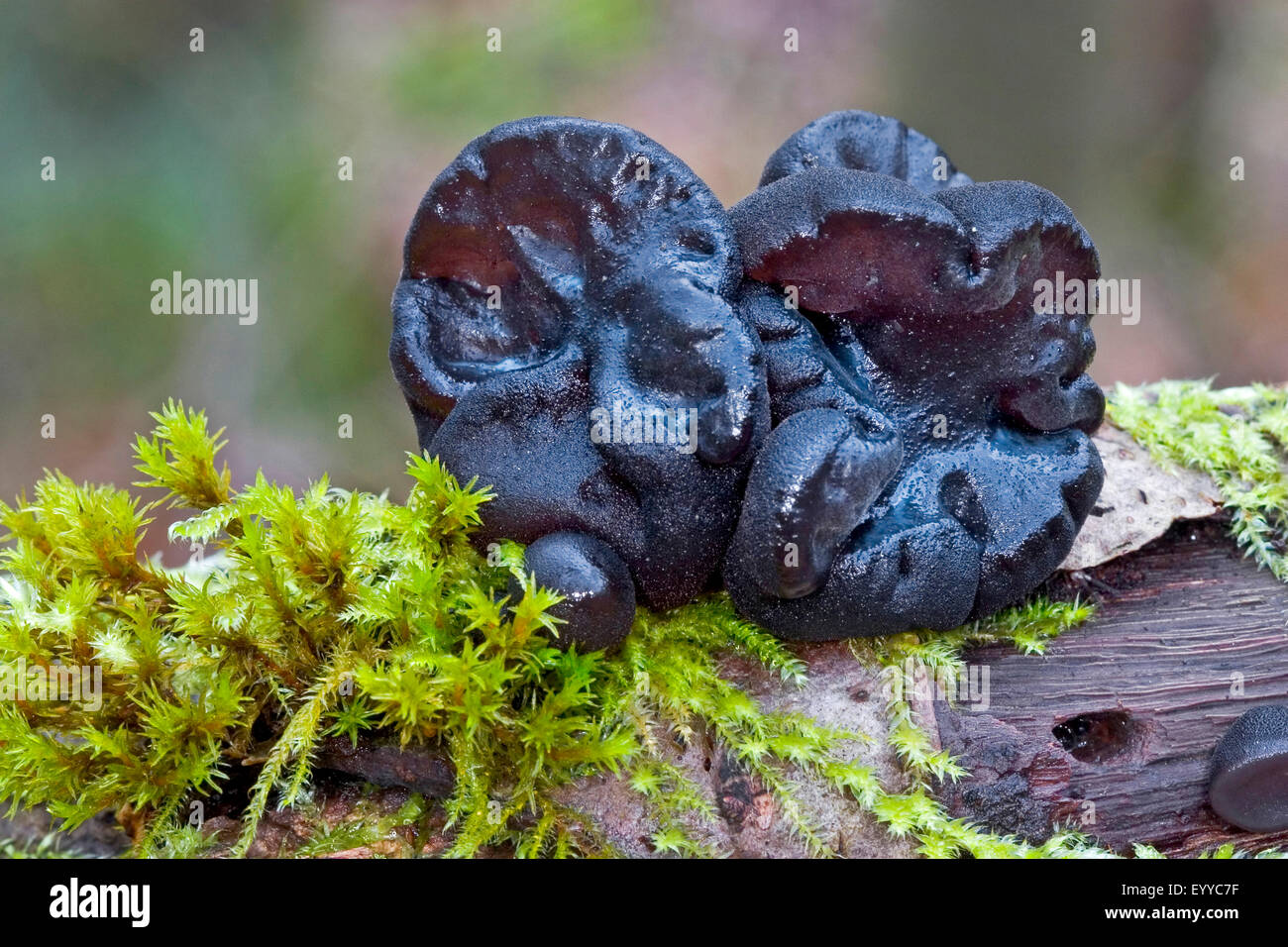
Witches' butter, Black witches' butter, Black jelly roll, Warty jelly fungus (Exidia glandulosa
Black Witches' Butter Facts The distinctive term of Black Witches' Butter serves as only the most frequently used name for this amazing fungus. It actually goes by several other alternate names, as well. These include the terms of the black jelly roll, and the warty jelly fungus. Its scientific name, however, is that of the Exidia glandulosa.

Witches' butter, Black witches' butter, Black jelly roll, Warty jelly fungus (Exidia glandulosa
Tremella mesenterica ( common names include yellow brain, golden jelly fungus, yellow trembler, and witches' butter [2]) is a common jelly fungus in the family Tremellaceae of the Agaricomycotina.

Witches butter (black) exidia nigricans Stirling, Scotland, UK Stock Photo Alamy
Summary 2. Exidia glandulosa (common names black witches' butter, black jelly roll, or warty jelly fungus) is a jelly fungus in the family Auriculariaceae. It is a common, wood-rotting species in Europe, typically growing on dead attached branches of oak. The fruit bodies are up to 3 cm (1.2 in) wide, shiny, black and blister-like, and grow.